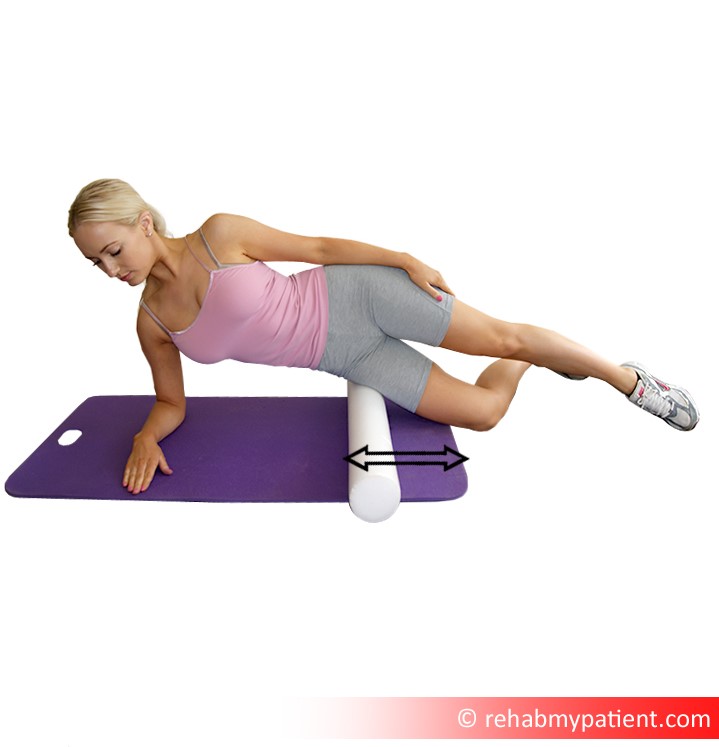
Next steps:
Feel free to read the advice sheet below! To get the full benefit click on 'Start treatment'. By starting the treatment you will get access to weekly rehab programmes online for FREE. You will be able to track your progress, pain levels and we will remind you to do your exercises every day!
Runner’s Knee
Runner’s knee is one of the most common types of overuse injuries in runners. It occurs when the iliotibial band (ITB), which is a tough band of tissue running down the outer part of the thigh from the shin to the hip, becomes inflamed at the outside of the knee. It is attached to the knee and works to stabilize and allow the joint to move. When the band isn’t functioning properly, running can become painful. The pain in the ITB can become so severe that runners can be sidelined for weeks, if not longer.
Runner’s knee is sometimes known by its more medical name, iliotibial band syndrome. It is diagnosed by case history, and palpation. The pain is on the lateral (outside) of the knee, but in severe cases can radiate pain to the front of the knee.
Runner’s Knee Anatomy
Runner’s knee is one of the primary causes of lateral knee pain for runners. The ITB is a thick band of fascia along the lateral aspect of the knee. It extends from the outer part of the pelvis, over the knee and the hip and it is inserted just below the knee. This band is critical in stabilizing the knee whenever running because it moves from behind the femur and into the front of it when performing activities. The continual band rubbing over the lateral femoral epicondyle, in coordination with repeated extension and flexion of the knee when running can cause inflammation to set into the area.
The ITB has attachments into a muscle called the Tensor Fascia Latae (TFL) which serves to tighten the ITB. The TFL has its attachments into the pelvis, but also has a connection with the gluteus maximus (buttock muscle) leading some to feel that a tight glute max can contribute to Runner’s knee.
How to Treat Runner’s Knee:
1. Cross-Training
While you are backing away from your mileage, you might want to consider cross-training. Swimming, cycling, pool running and rowing are ideal. Avoid climbing stairs as that is too much like running.
2. Ice
Apply ice to the area for 5-10 minutes at a time three to five times per day. Make sure you wrap the ice in a towel to prevent any ice burns from occurring.
3. Rest
Once you notice pain in the area, the best thing you can do for it is to rest. Avoid running at all or run fewer miles than beforehand. In the majority of individuals, resting will help to prevent the pain from returning. If you fail to give yourself a much needed break from running, the condition can end up becoming chronic.
4. Cortisone Injections
If you find that your condition doesn’t improve within a few weeks, you might need a cortisone injection to help break the scar tissue up and speed the healing process.
5. Physiotherapy/Manual therapy
Manual therapists use massage and stretching techniques on the ITB. This can help reduce tension in the band. Electrotherapy and acupuncture can also be used to speed up healing. Typically muscle imbalances in the leg are also addressed.

Tips:
- Decrease the amount of miles you are running, or take a couple days off, whenever you feel pain along the outside part of the knee.
- Make sure your shoes are in good condition. If you find they are worn along the soles’ outside, you will need to replace them.
- Avoid running on concrete surfaces when you are recovering from Runner’s knee.
- Before going on a run, walk about ¼ to ½ of a mile beforehand as a warm up.

